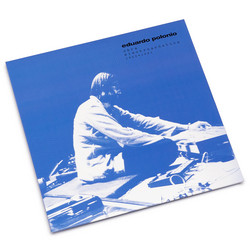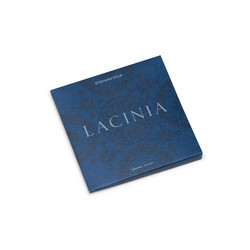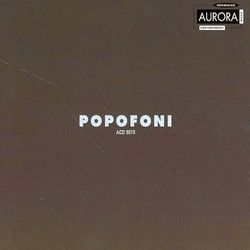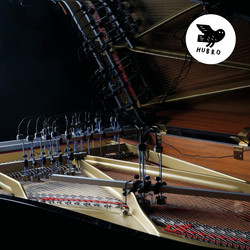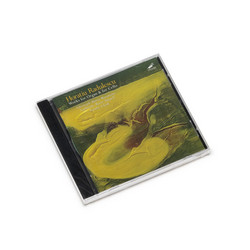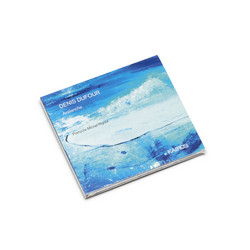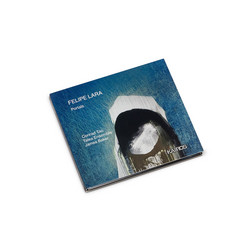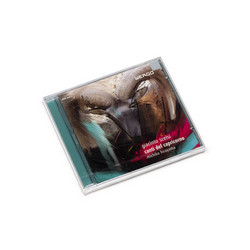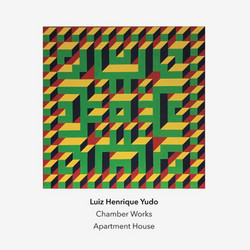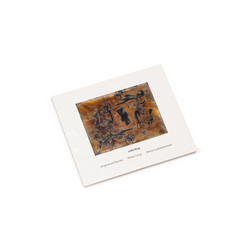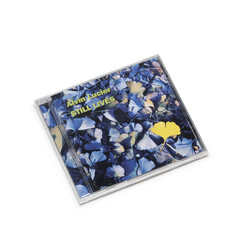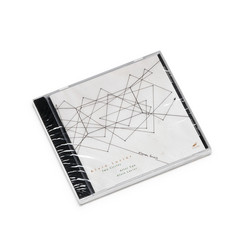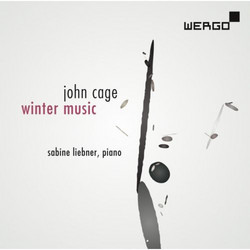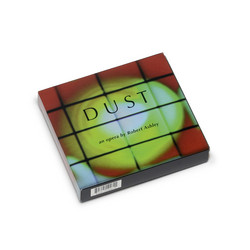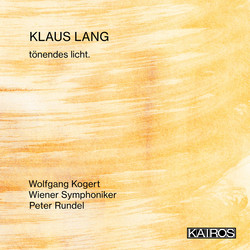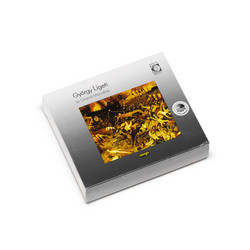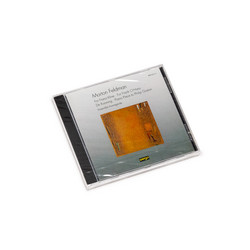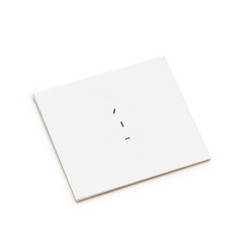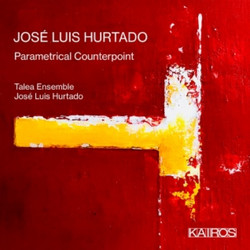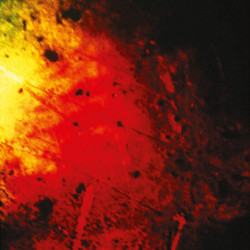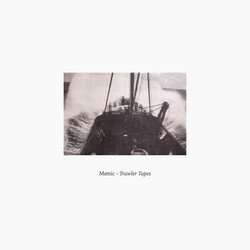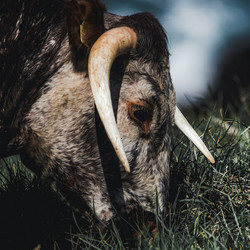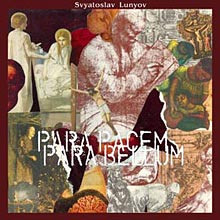* Edition of 300 * The Clywdian Range in North Wales is a landscape of outstanding beauty, forged as much by the forces of nature as the hands of generations who lived and worked in its valleys and peaks from times of antiquity. It is a place of Neolithic mounds, Roman hill forts and a remarkable chain of Iron Age earthworks fashioned over two thousand years ago. In this borderland, close to Offa's Dyke, the eighth century boundary between England and Wales, a musician came wandering and wondering about the mysteries left in stone and earth so long ago. She took her feelings and some field recordings back to her Merseyside studio and set about translating these liminal echoes into sounds. Perhaps because of the subsequent stirrings of pagan imagination, she has released the resultant Honeysuckle Burials under her Celtic-sounding full name, Ann Margaret Hogan. The artist more familiarly known as Anni certainly uses her piano as effectively as the paintbrush and oils of a landscape artist to convey the sensual textures, dramas and secrets of this wild place of hill, rock, water and sky.
The opening notes of 'Anno' evoke clouds scudding across the heavens, looking down on a timeless landscape, in which our distant ancestors' endeavours, their places of home, hearth and worship, have now been reclaimed by grass and lichen, harebells, heather and bees, curlews, skylarks and the swooping swallows that make their nests in the tombs of ancient warriors. What, Hogan seems to be asking, remains of them now, those who lived, loved and died here in the borderland of memory and myth? The notes from her keyboard flash like glimmers of sunlight falling through trees onto rock and water, rippling out through time.
Every subsequent track seems to focus on a different aspect of the Clywdian landscape – the shades of the day from dawn until dusk spread across 'Primarycolours' and 'Coda' and then, in ‘Nocturne’, the same world is seen by flickering firelight and the auras of glowworms, clouds drifting over a full, fat moon, the tread of paws and the twitching of whiskers as the creatures of the night come out to roam. Darker aspects still surface in 'Crimecity' – the imprints, perhaps, of long-past conflicts and bloodthirsty rites – which begins as a skeletal, fizzling jazz noir and builds, layer by layer, into a mighty torrent of notes, the sound of thunderstorm breaking. - Cathi Unsworth

